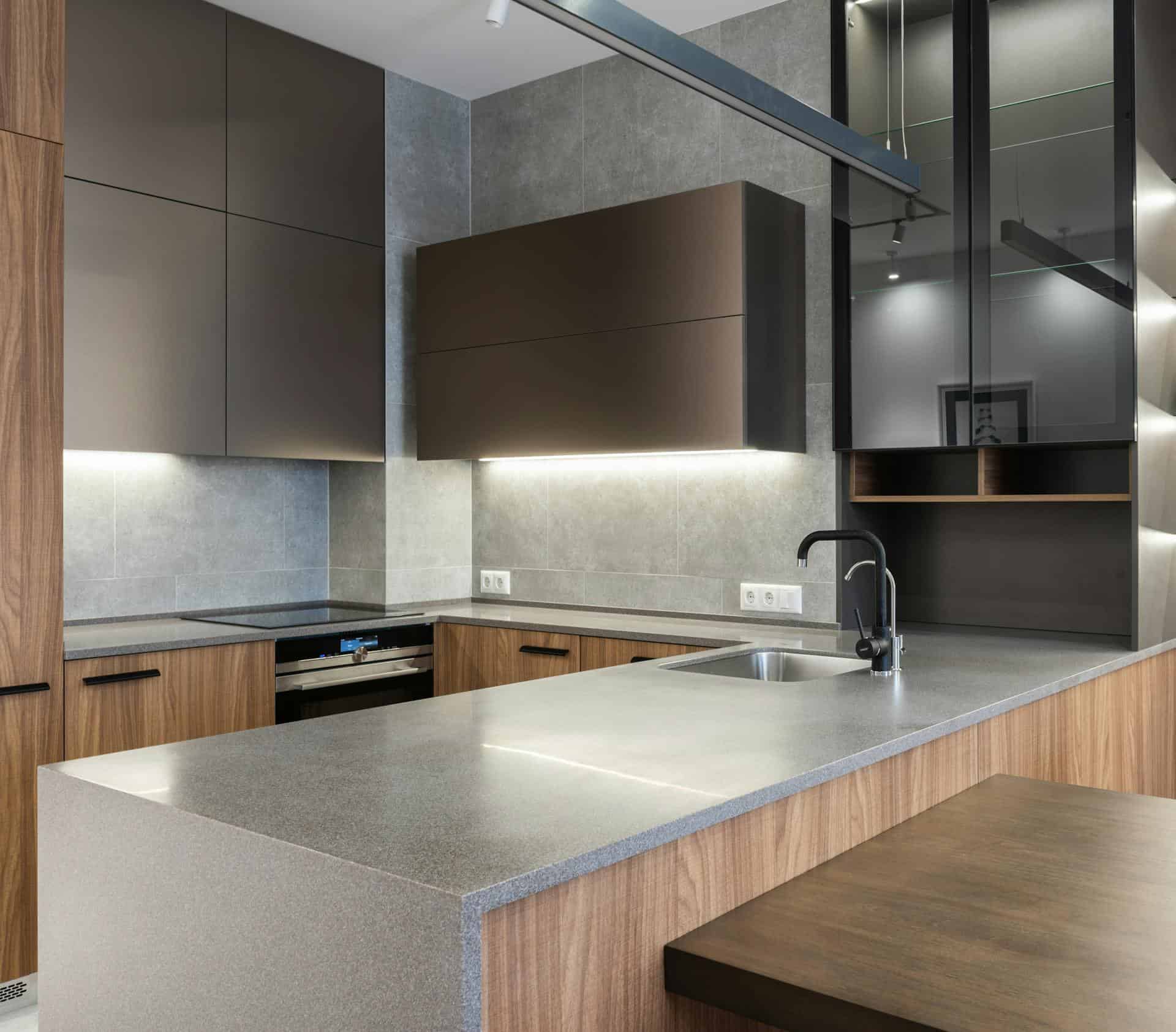
Question: Is LED Lighting Good For a Kitchen?
Answer: Yes, LED lighting is good for kitchens. It’s energy-efficient, bright, long-lasting, and available in various color temperatures suitable for task and ambient lighting.
Brighten Your Kitchen: Exploring LED Lighting
Is LED lighting good for a kitchen? Homeowners frequently ask this question. LED lights offer many benefits, making them a popular choice for kitchen upgrades. This article examines LED lighting’s advantages and disadvantages for kitchens.
Energy Efficiency and Cost Savings
LED lights use significantly less energy than traditional incandescent or halogen bulbs. This lower energy consumption translates directly into lower electricity bills. LEDs produce more light per watt, reducing energy waste. While the initial cost of LED bulbs may be higher, the long-term savings outweigh the upfront investment. LEDs also last much longer, reducing replacement frequency and further contributing to cost savings.
Click here for more information on kitchen cabinet refacing near me Toronto
Related Article: What is The Best Lighting For on Top of Cabinets?
Related Article: What is The Rule of Thumb For Kitchen Lighting?
Enhanced Lighting Control and Design Flexibility
LED lighting offers excellent control over light color temperature and brightness. You can choose warm white for a cozy ambiance or cool white for a brighter, task-oriented environment. Dimmable LED lights provide even greater control, allowing you to adjust the lighting to suit different moods and activities. LEDs come in various forms, including recessed lights, under-cabinet lighting, and pendant fixtures, providing design flexibility to match any kitchen style.
Improved Safety and Environmental Impact
LED lights generate minimal heat, reducing the risk of burns and fire hazards, especially in a kitchen environment where heat from cooking appliances is already present. Unlike some older lighting technologies, LEDs do not contain harmful substances like mercury. This makes them a more environmentally friendly choice, contributing to a healthier planet. Choosing LEDs aligns with sustainable living practices and reduces your environmental footprint.
Durability and Resistance
LED lights are highly durable and resistant to shocks and vibrations. This makes them ideal for kitchen environments where accidental bumps and jostles can occur. Their solid-state construction contributes to their robustness, ensuring they withstand daily use. This durability translates into a longer lifespan and fewer replacements, adding to their overall value.
Color Rendering and Visual Clarity
LED technology allows for excellent color rendering, accurately representing the colors of food and objects in your kitchen. High color rendering index (CRI) LEDs provide vibrant and true-to-life colors, enhancing the visual appeal of your culinary creations and overall kitchen décor. Good lighting improves visibility, making food preparation tasks easier and safer.
Considerations for Choosing LED Kitchen Lighting
When selecting LED lights for your kitchen, consider factors such as color temperature, brightness (lumens), and beam angle. Choose a color temperature that complements your kitchen’s aesthetic and creates the desired ambiance. Ensure adequate brightness for different tasks, such as food preparation and dining. Select appropriate beam angles to focus light where needed, avoiding glare and shadows. Consider using a combination of ambient, task, and accent lighting to achieve optimal illumination and create a visually appealing atmosphere.
Color Temperature
Warm white (2700-3000K) creates a cozy and inviting feel. Cool white (3500-4100K) provides a brighter, more energizing light, ideal for task areas. Daylight (5000-6500K) offers the clearest, most vibrant light, suitable for detailed work.
Brightness
Measure brightness in lumens. Higher lumens indicate brighter light. Consider the size of your kitchen and the desired level of illumination when choosing LED bulb brightness.
Beam Angle
The beam angle determines the spread of light. Narrow beam angles focus light on specific areas, while wide beam angles provide broader illumination.
Conclusion
LED lighting offers numerous benefits for kitchens, including energy efficiency, long lifespan, design flexibility, and improved safety. By carefully considering factors such as color temperature, brightness, and beam angle, you can create a well-lit and inviting kitchen space that meets your functional and aesthetic needs. Answering the question “Is LED lighting good for a kitchen?”, the resounding answer is yes, LED lights are an excellent choice for enhancing your kitchen’s functionality, ambiance, and value.

Blue Malue Get in touch with Blue here.
